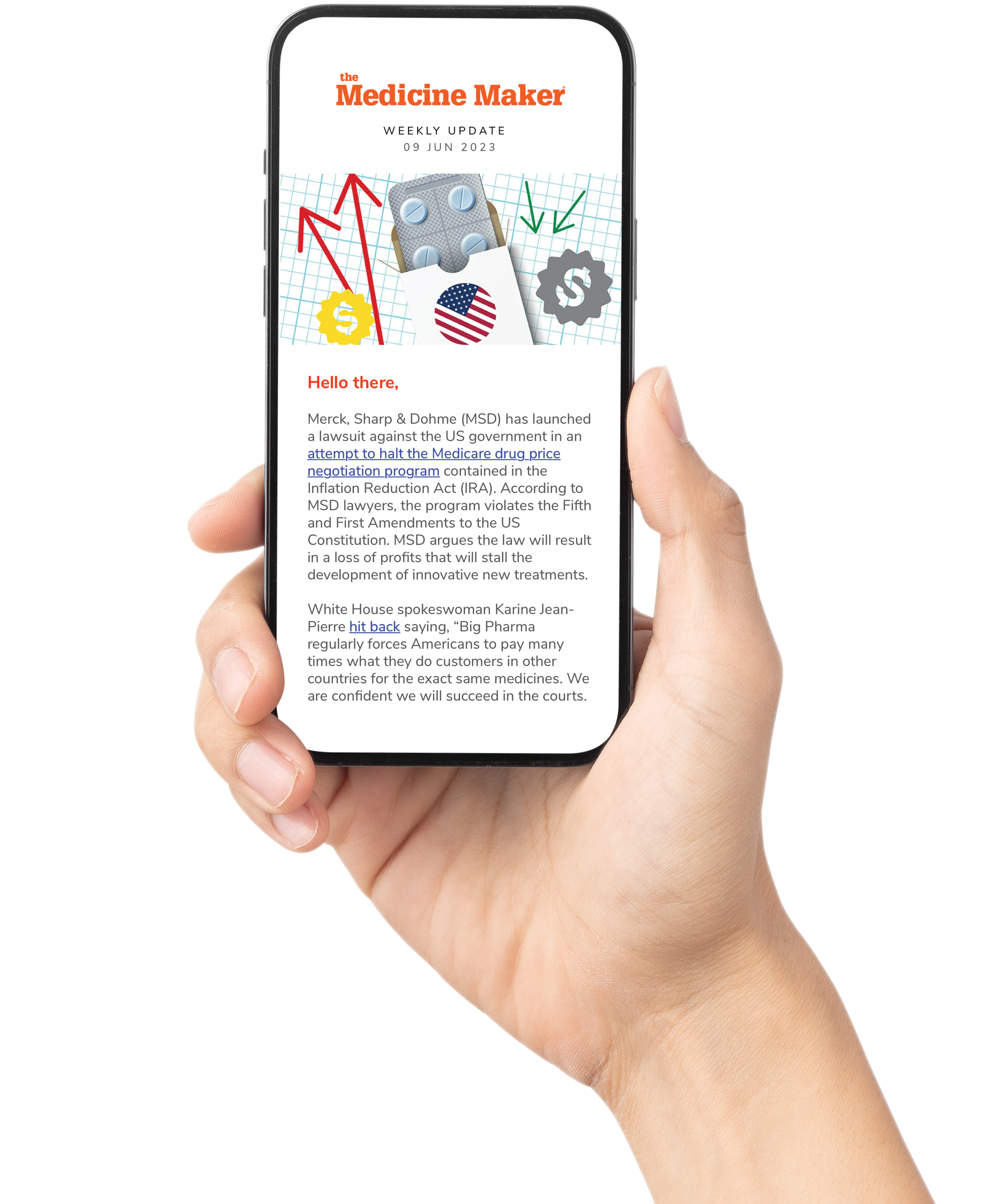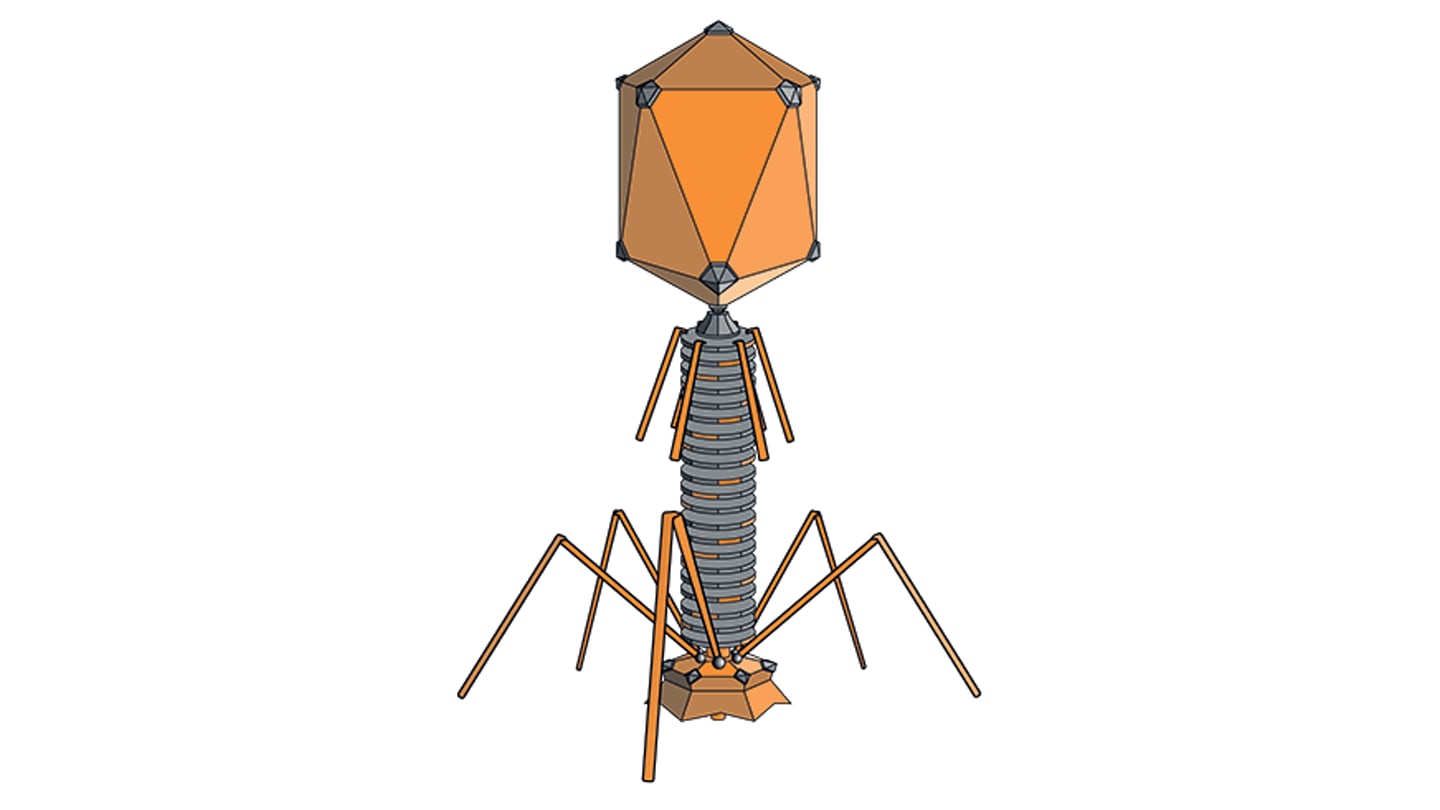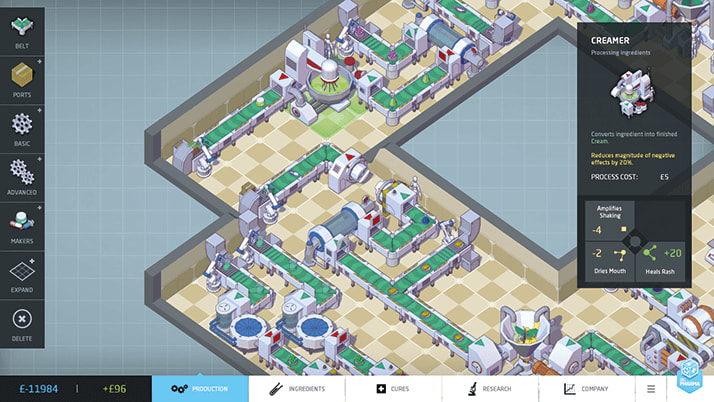
The traditional paradigms of scale and operational efficiency can no longer guarantee sustainable growth on their own. From cell line development to commercial production, every stage of biopharmaceutical manufacturing holds a degree of complexity and uncertainty that can extend timelines and inflate costs. Without addressing this fundamental challenge, the global demand for faster and more reliable access to medicine will not be met. This challenge is part of the reason why the industry is turning to bioprocess digital twins (BPDTs).
A digital twin is more than just a sophisticated simulation tool. It is a virtual replica of real-world bioprocesses: a twin operating in the digital realm. Digital twins are software-based representations of physical bioprocesses. They integrate real-time process data with mechanistic equations and statistical modeling techniques, extending their role beyond simulation to enable predictive manufacturing and closed-loop process control through defined logic based on production experiences.
Within a BPDT, hundreds of experiments can be conducted in a matter of days, potential process deviations can be prevented by predictive modeling, and the countless variables inherent in technology transfer can be de-risked. A BPDT also evaluates whether the ongoing process can stay on track. Using the current process state, it predicts final product quality, helping biomanufacturers maintain reliable operations.
The BPDT is not just a technological innovation; it is a core business transformation that will define the future competitive landscape.
Mechanistic simulation
Mechanistic models are integral parts of BPDTs. These models include computational fluid dynamics (CFD) for simulating hydrodynamic conditions, such as mixing behavior, gas-liquid mass transfer coefficients (kLa), and shear stress, and kinetics for capturing cell growth dynamics, nutrient depletion, and metabolite accumulation. Mechanistic models can simulate spatiotemporal gradients in a bioreactor to optimize gas supply and agitation parameters based on properties of the cell culture fluid, such as surface tension and viscosity.
The reliability of BPDTs depends on the precise simulations that the mechanistic models generate. CFD, in particular, quantifies the transfer of mass and momentum in bioprocess units. For example, an accurate kLa estimation using CFD enables biomanufacturers to develop scale-up strategies that maintain oxygen transfer rates across mammalian cell culture production volumes. For mRNA technology transfer, CFD can help maintain similar mixing times with lower shear strain rates when the process is switched from disposable wave-type to stirrer-type bioreactors. Unlike empirical calculations, CFD accounts for vessel geometry, impeller design, sparging configurations, and turbulence intensity, producing scale-relevant process data that inform engineering decisions.
Cell kinetics simulate biological performance across culture stages. By calibrating kinetics with real-world data, biomanufacturers can anticipate nutrient demand, define metabolite thresholds, and optimize scale-up strategies. This predictive capacity accelerates development timelines and establishes stable operating ranges.
Mechanistic models facilitate in silico experiments to test hypothetical failure modes, leading to control strategies in potential edge-case scenarios, such as abrupt pH shifts or unexpectedly high pCO₂ levels. Through mechanistic models, biomanufacturers can simulate outlier events and pre-validate corrective measures, establishing a foundation for operational excellence.
Data-driven monitoring and simulation
While mechanistic models offer physical insights, statistical machine learning (ML) algorithms enable pattern recognition. During production campaigns, multivariate data analysis reduces data dimensionality through principal component analysis, isolating key sources of variation across operation times. This real-time streamlining enables process engineers to preemptively detect deviations, investigate root causes, and implement corrective actions. In addition, partial least squares directly correlates reduced process variables with critical quality attributes (CQAs), thereby enabling predictive quality control.
Machine learning algorithms, such as boosting methods and explainable artificial intelligence, can be leveraged to extract insights from completed batches. These algorithms highlight parameters with the greatest influence on yield and quality, guiding retrospective optimization and further batch planning. When integrated with BPDTs, ML algorithms can simulate production outcomes before physical verification, testing, and implementation.
Hybrid simulation
Standalone mechanistic and data-driven models each carry inherent limitations. Mechanistic models can deviate from actual process behaviors if parameters are unspecified, whereas data-driven models require representative datasets and may lack simulation accuracy, especially outside the data domain. Hybrid models resolve these constraints by coupling mechanistic simulations with ML-driven statistical algorithms.
A typical hybrid model workflow includes generating synthetic data under abnormal conditions using mechanistic models, feeding the extended datasets into ML algorithms, and applying the resulting hybrid model for prediction under known and unknown operating ranges. The hybrid model enhances the robustness of digital twins, particularly in the initial manufacturing stage or under atypical operating conditions.
The benefits: scalability, faster tech transfer, and more
The primary goal of a fast ramp-up is to reduce time to market. Digital twins can virtualize the process, calibrate scale‑up criteria, and lock setpoints in silico, eliminating unnecessary engineering runs. They leverage multiple simulations to ensure successful large-scale production, thereby enabling a right-first-time commercial launch. In addition, biomanufacturers can more rigorously predict scenarios to enhance yield and stabilize product quality through early detection of process drift. As a result, digital twins in end-to-end bioprocesses support the on-time delivery of drugs by helping biomanufacturers navigate challenges.
Digital twins also facilitate more predictable technology transfer by encapsulating process knowledge into bioprocess operations. Parameters validated during process development can be systematically applied to new equipment or facilities, ensuring that vessel-specific characteristics, mixing dynamics, oxygen transfer, and process timing are incorporated into operations. This BPDT-led optimization reduces variability during scale-up and aligns outcomes between pilot and commercial facilities. Using digital twins, production data from small- to large-scale development can be simulated from one facility to another, resulting in the development of an optimal process range model for successful technology transfer.
More predictive and stable operations are also a benefit of digital twins. When integrated with manufacturing execution systems, hybrid digital twins enable model predictive control (MPC) of bioprocesses, where setpoints are continuously updated within given ranges based on real-time predictions. MPC requires a tightly integrated system of sensors, control software, and validated models. Successful implementation would create a closed-loop environment that minimizes human intervention and maintains CQAs within validated ranges.
With the BPDT predicting product qualities, such as final charge variants or sialic acid content, the system can automatically control input variables, including culture duration and pH levels, in the control strategy document. The control of these variables minimizes the latency associated with manual adjustments, reduces the risk of batch failure, and maintains consistent performance across manufacturing runs.
The future biomanufacturing plant
The vision for BPDTs is to create a fully autonomous biomanufacturing plant. Imagine a facility in which the digital twin acts as the brain, process analytical technology sensors serve as the nervous system, supplying real-time data, and robotics act as the hands and feet. In such a plant, the process would improve autonomously, predict potential failures, and execute corrective actions without human intervention.
The pace of advancement in AI and robotics is exceeding all expectations. In parallel, the BPDT is on a trajectory to become the industry standard.
Further reading
MA Shahab, F Destro, RD Braatz, “Digital Twins in Biopharmaceutical Manufacturing: Review and Perspective on Human-Machine Collaborative Intelligence,” arXiv (2025). Doi: 10.48550/arXiv.2504.00286
H Narayanan et al., “Hybrid Modeling for Biopharmaceutical Processes: Advantages, Opportunities, and Implementation,” Front. Chem. Eng., (2023). Doi: 10.3389/fceng.2023.1157889
K Isoko et al., “Bioprocessing 4.0: a Pragmatic Review and Future Perspectives,” Digital Discovery (2024). Doi: 10.1039/D4DD00127C
AG Cardillo et al., “Towards in silico Process Modeling for Vaccines,” Trends in Biotechnology (2021). Doi: 10.1016/j.tibtech.2021.02.004
S-Y Park et al., “Bioprocess Digital Twins of Mammalian Cell Culture for Advanced Biomanufacturing,” Current Opinion in Chemical Engineering (2021). Doi: 10.1016/j.coche.2021.100702
S-Y Park at al., “Data‐Driven Prediction Models for Forecasting Multistep Ahead Profiles of Mammalian Cell Culture Toward Bioprocess Digital Twins,” Biotechnology & Bioengineering (2023). Doi: 10.1002/bit.28405




